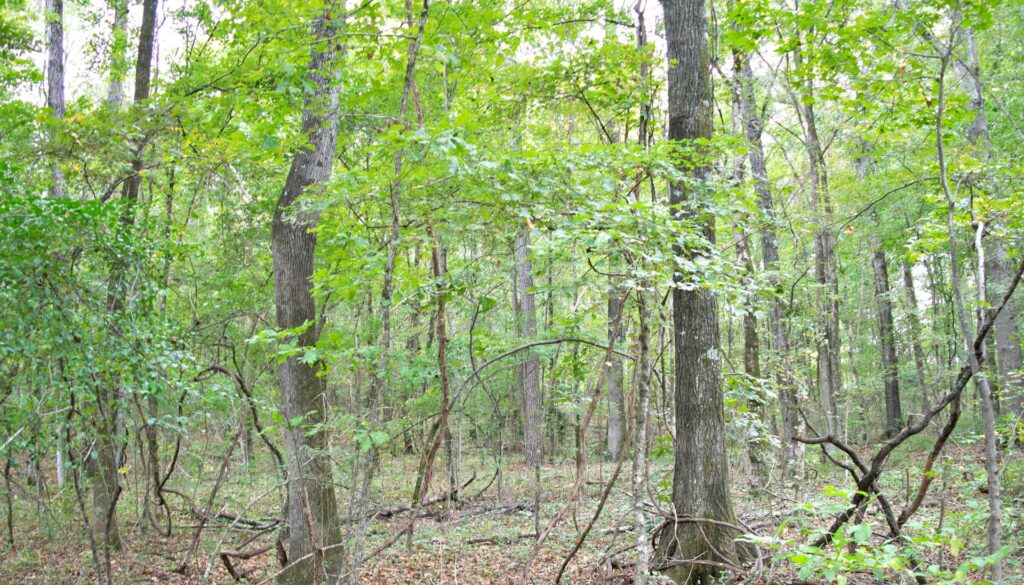Having Water on Your Land
It Feels Like Home!

Ways to Determine: Having Water on Your Land
Having Water on Your Land can be essential for agricultural use, home construction, or even for drilling a well. Here are several methods to help you determine if there is water on your land:
1. Visual Inspection
Wet Areas:
- Look for low-lying areas where water collects naturally after rain.
- Check for areas with lush, green vegetation that persists even during dry periods, which can indicate a high water table.
Soil Moisture:
- Dig small test holes to check for moist soil. Consistently damp soil a few feet below the surface can be a sign of groundwater.
2. Natural Indicators
Vegetation:
- Identify plants and trees that thrive in moist conditions, such as willows, alders, or cattails. These can be indicators of water presence.
- Observe the general health and types of plants growing in different parts of your property.
Animal Activity:
- Notice where wildlife tends to congregate. Areas with frequent animal activity might be close to water sources.
3. Geophysical Methods
Dowsing:
- Although not scientifically proven, some people use dowsing rods or sticks to locate water. This traditional method involves holding the rods and walking the property, watching for movements that suggest water presence.
Electrical Resistivity:
- This technique measures the resistance of the ground to electrical current. Water lowers resistance, so lower readings can indicate water presence.
- Hire professionals to conduct an electrical resistivity survey.
4. Geological Surveys
Hydrogeological Maps:
- Consult hydrogeological maps available from local government or geological surveys. These maps show the distribution of groundwater resources.
- Identify aquifers and other water-bearing formations in your area.
Well Logs:
- Review well logs from nearby properties to understand the depth and yield of wells in your area. This information can provide insights into the likelihood of finding water on your property.
5. Drilling Test Wells
Exploratory Drilling:
- Hire a professional driller to drill test wells. This is the most direct and reliable method to determine the presence of water.
- Measure the water levels and flow rates from the test wells to assess the quantity and quality of the water.
6. Consultation with Experts
Geologists and Hydrogeologists:
- Engage a professional geologist or hydrogeologist to assess your property. They can analyze the geological conditions and provide a detailed report on potential water sources.
- Use their expertise to interpret data from surveys and maps effectively.
Local Knowledge:
- Talk to neighbors and local farmers. They can offer valuable insights based on their experience and knowledge of the area’s water resources.
7. Technological Tools
Remote Sensing:
- Use satellite imagery and remote sensing technology to identify water bodies and moisture levels on your property. Various government and private services offer this data.
- Analyze changes in vegetation and soil moisture patterns over time to infer water presence.
Ground-Penetrating Radar (GPR):
- GPR can be used to detect subsurface water by sending radar pulses into the ground and analyzing the reflected signals.
- Hire professionals to conduct a GPR survey, as interpreting the results requires specialized knowledge.
Conclusion
Determining the presence of water on your land involves a combination of traditional observation methods, scientific techniques, and professional expertise. By utilizing these approaches, you can accurately assess the availability of water resources on your property, aiding in planning for agricultural, residential, or other uses.
